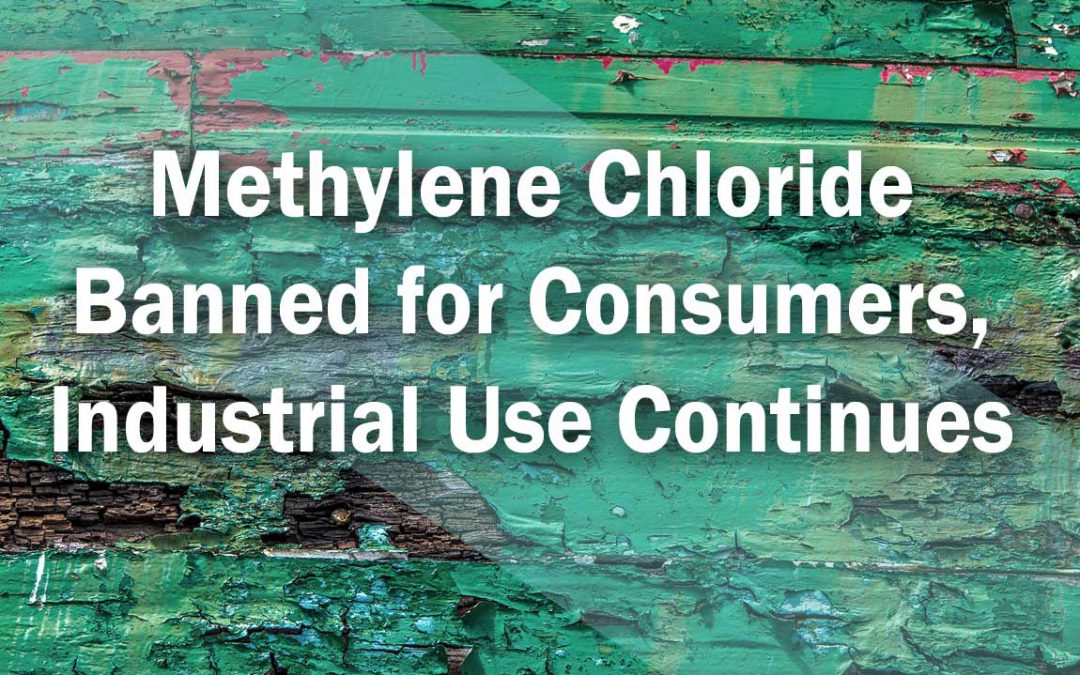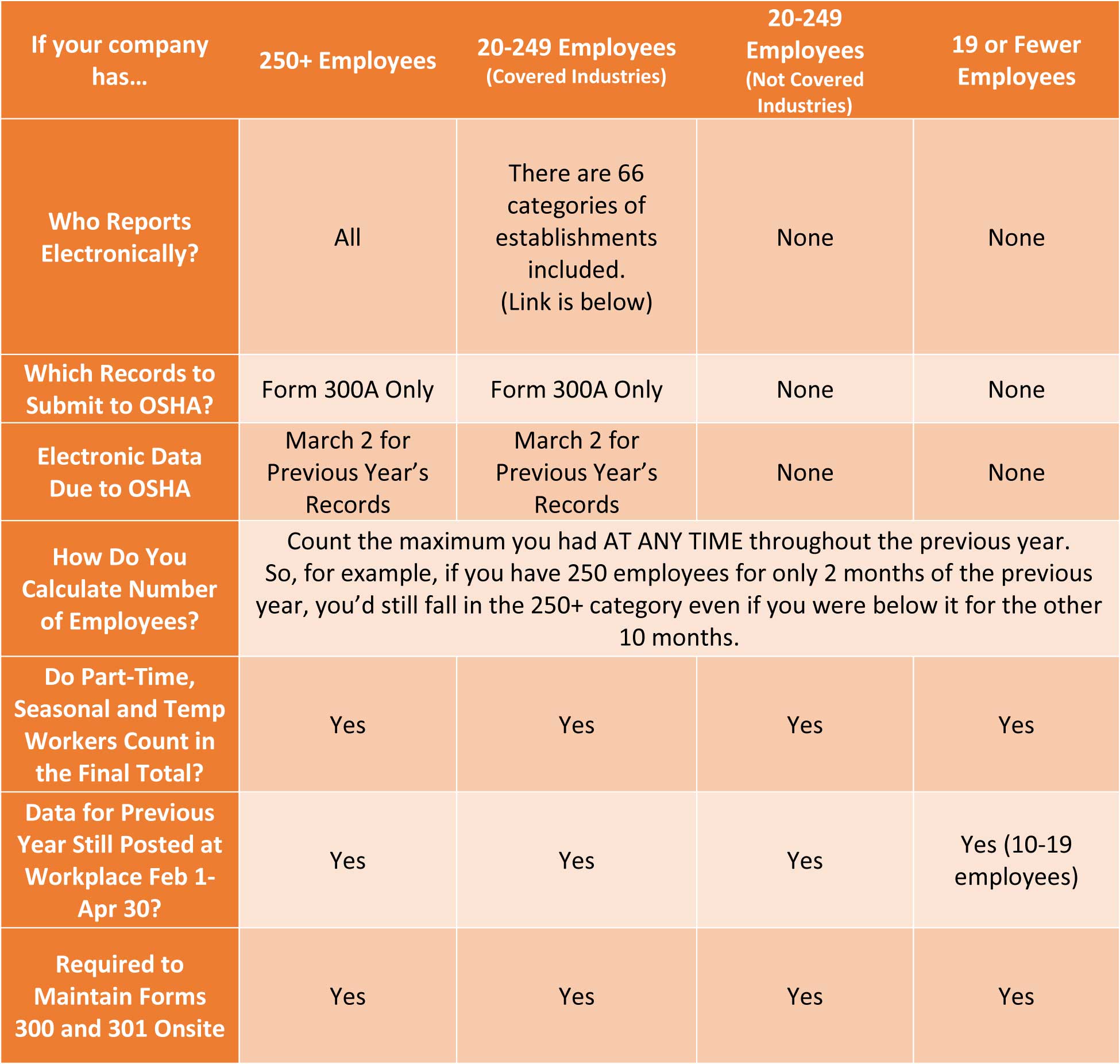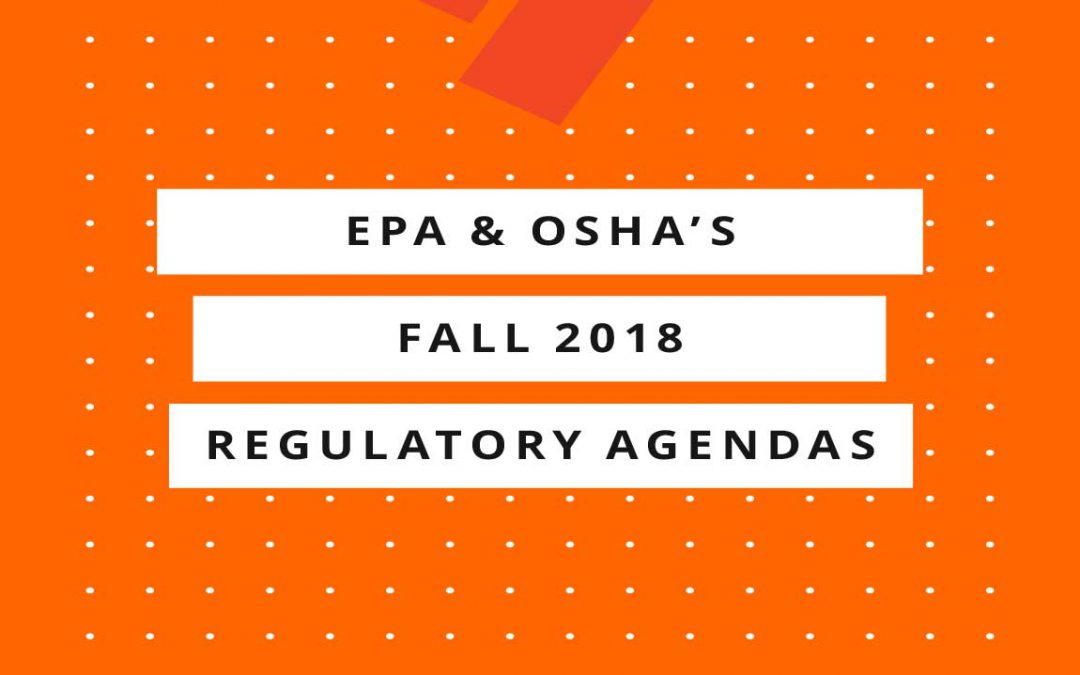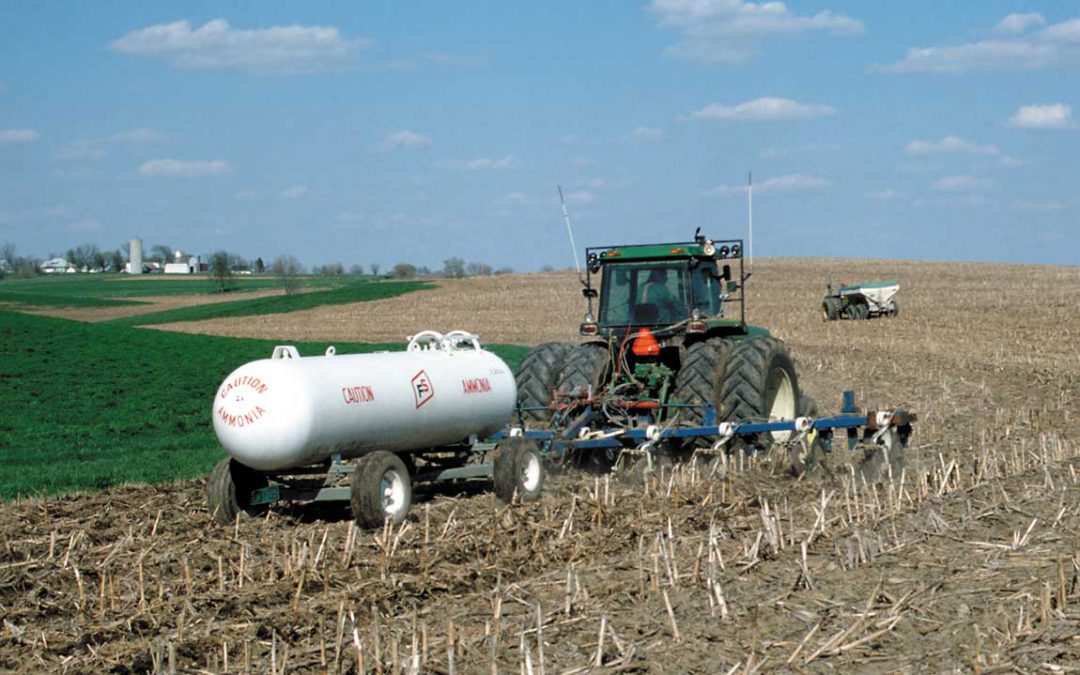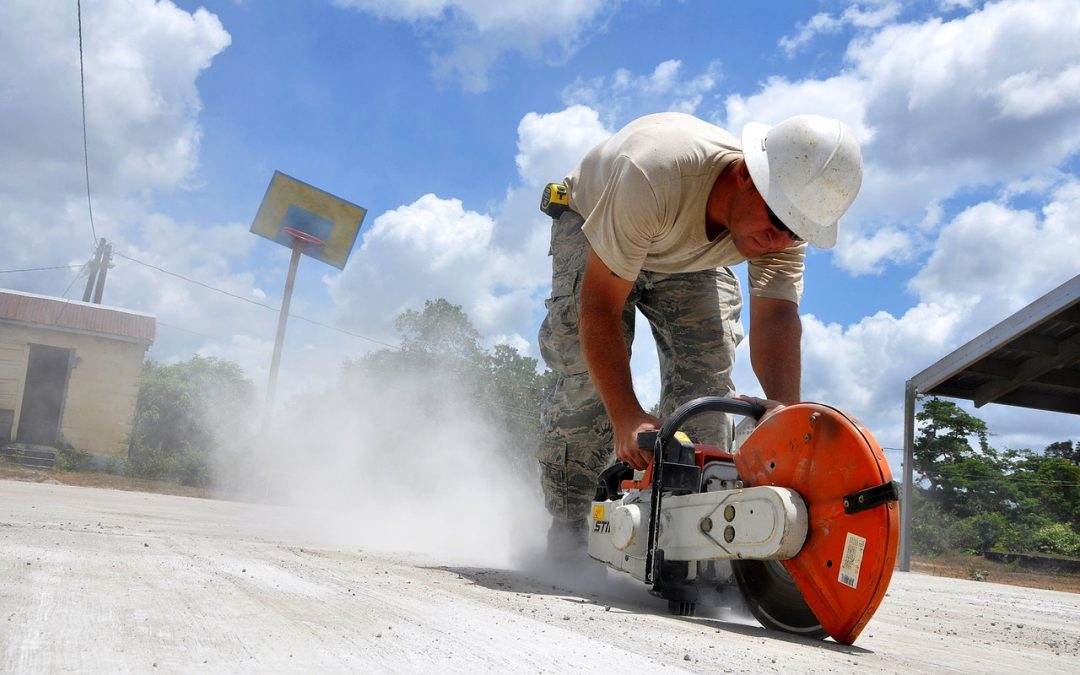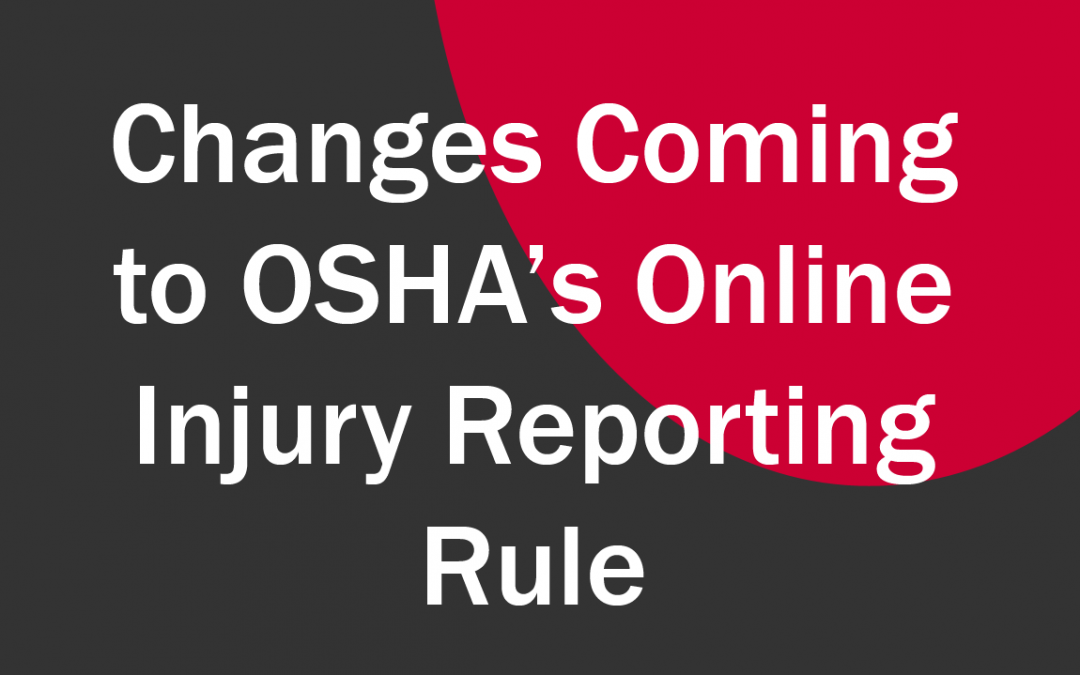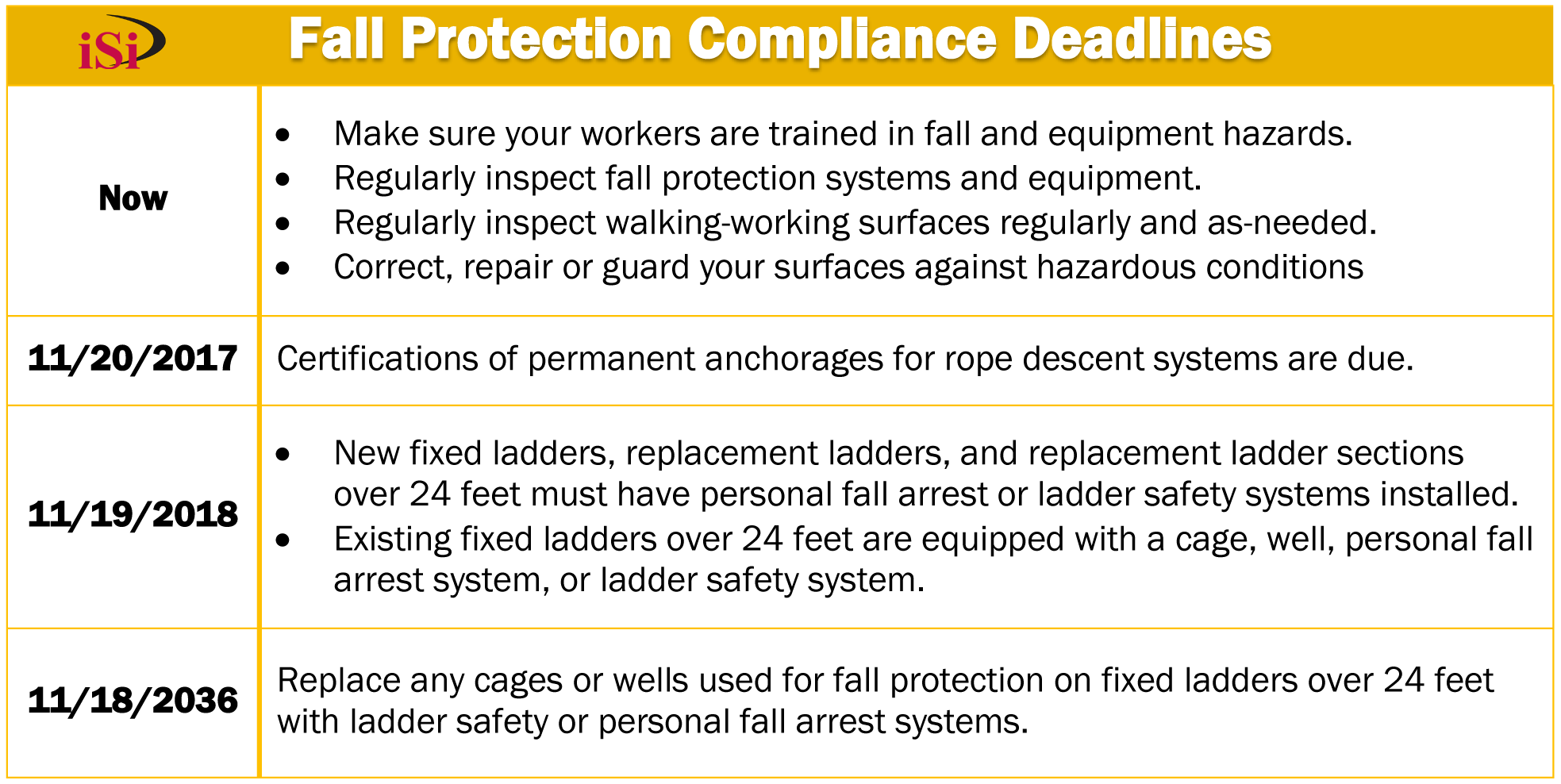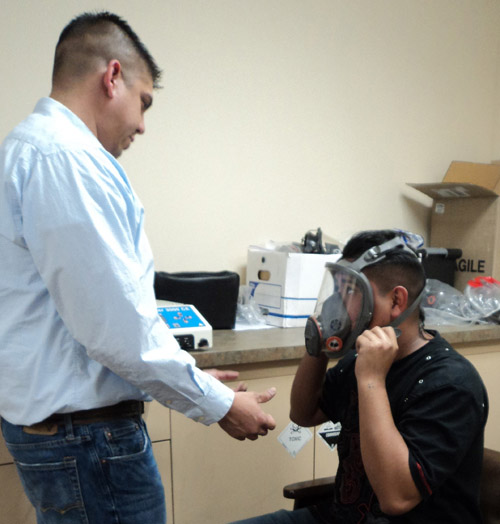
LOTO Standard Also on OSHA’s Update List
Recently we featured that OSHA was soliciting information on powered industrial vehicles to determine the need for an updated standard. Now OSHA is soliciting information on the lockout-tagout (LOTO) standard. The current LOTO standard was published in 1989.
The focus of OSHA’s efforts with LOTO centers on control circuit devices. The LOTO standard requires energy-isolating devices to be used to control energy during servicing and maintenance of machines and equipment. In the current standard, control circuit devices cannot be used for this purpose. However, OSHA says it “recognizes recent technological advances may have improved the safety of control circuit-type devices.”
Since 2016, OSHA has granted variances in compliance to several companies who have been able to prove that the control circuit devices they were using could be a safe alternative. During an evaluation of a recent variance request, OSHA decided that the time had come and the potential technology was available to consider if there was a basis to allow these devices in certain circumstances. Also, their own research has shown that these devices aren’t typically used in short servicing tasks of a machine and don’t require an extensive disassembly of the machine or entrance into it. As a result, OSHA wants feedback from the public and industry about this.
OSHA is requesting information on:
- How employers have been using control circuit devices
- Information about the types of circuitry and safety procedures being used;
- Limitations of their use, to determine under what other conditions control circuit-type devices could be used safely;
- Use and limitations of using industry consensus standards for LOTO such as ANSI/ASSPP Z244.1;
- How the evolution of robotics technology such as collaborative robotics, robotics that move freely, or robotic devices that can be worn by workers has affected risks of worker exposure to hazardous energy;
- The anticipated economic benefits, impacts, and other offsets that would occur if the standards were updated, such as benefits to productivity or reduction of injuries vs. costs of new equipment, servicing, or need for new training.
LOTO and electrical-related issues are found to be among OSHA’s Top 10 violations each year. The agency is accepting comments electronically until August 18, 2019 at regulations.gov and from there, OSHA will be making a determination of what actions, if any, needs to be taken. More information can be found here.
Temporary Personnel
iSi can provide temporary and part-time personnel to help fill in at your company in times of vacations, maternity leaves, as a stop-gap between hires, or for special projects.

